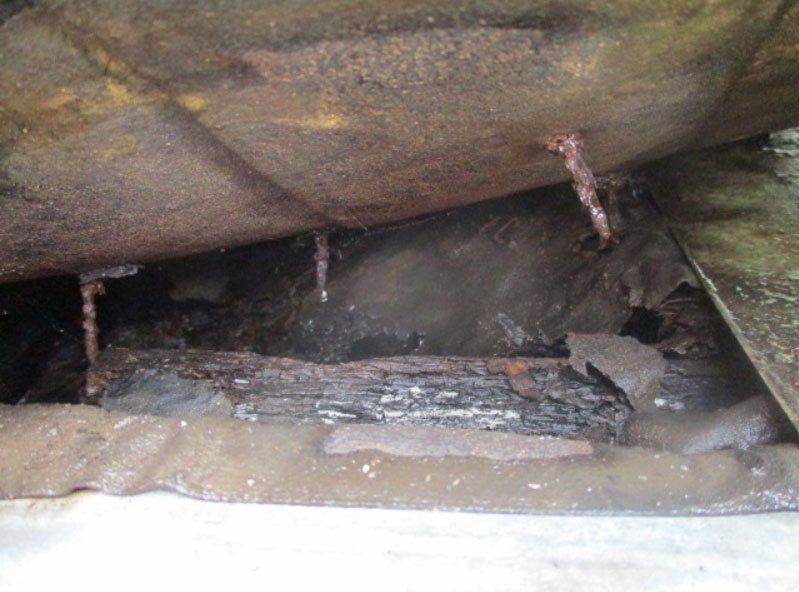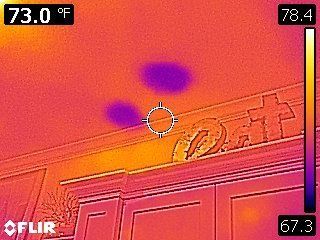Roof Inspection
Have an older roof covering that you are unsure of its condition or a newly installed roof; hire an independent, Professional Inspector who will not try to sell you a new roof. I will provide you with an honest assessment of the condition of an existing roof and/or assess the installation of a new roof.
The majority of roof coverings in the greater Houston area are asphalt composition shingles. Proper adhesion and fastening of a shingle is very important, which can only be determined by accessing the roof surface or from the drip edge with a ladder. Proper adhesion and fastening prevents shingles from being blown off or the possibility of water penetration during high winds and rainstorms. Another major issue is flashing. Flashing is to prevent moisture entering the wall or roof through joints in copings, through moisture permeable materials, and at intersections with other penetrations through the roof plane. An inspector should also enter the attic, observing for evidence of water penetration; which could result into water damage to the roof sheathing, structure or interior ceilings-walls. I have mentioned a portion of what is covered in a roof inspection, which is why you want to hire the most detailed and thorough Professional Inspector for a roof inspection.
A tip for homeowners is to perform a visual inspection on your own without accessing the roof surface. Take a high-powered flashlight into your attic once or twice per year during or after rainstorms and look for evidence of water penetration. Outdoors, walk around the building perimeter and look for raised or loose flashing and shingles, or missing shingles.
§535.228 Standards of Practice: Minimum Inspection Requirements for Structural Systems
Roofing Covering Materials
The inspector shall:
- inspect the roof covering materials from the surface of the roof;
- report:
- type of roof coverings;
- vantage point from where the roof was inspected;
- evidence of water penetration;
- evidence of previous repairs to the roof covering material, flashing details, skylights and other roof penetrations; and
- report as Deficient deficiencies in:
- fasteners;
- adhesion;
- roof covering materials;
- flashing details;
- skylights; and
- other roof penetrations.
The inspector is not required to:
- inspect the roof from the roof level if, in the inspector's reasonable judgment:
- the inspector cannot safely reach or stay on the roof; or
- significant damage to the roof covering materials may result from walking on the roof;
- determine:
- the remaining life expectancy of the roof covering; or
- the number of layers of roof covering material;
- identify latent hail damage;
- exhaustively examine all fasteners and adhesion, or
- provide an exhaustive list of locations of deficiencies and water penetrations.
Roof structures and attics
The inspector shall:
- report:
- the vantage point from which the attic space was inspected;
- approximate average depth of attic insulation;
- evidence of water penetration;
- report as Deficient:
- attic space ventilation that is not performing;
- deflections or depressions in the roof surface as related to adverse performance of the framing and decking;
- missing insulation;
- deficiencies in:
- installed framing members and decking;
- attic access ladders and access openings; and
- attic ventilators.
The inspector is not required to:
- enter attics or unfinished spaces where openings are less than 22 inches by 30 inches or headroom is less than 30 inches;
- operate powered ventilators; or
- provide an exhaustive list of locations of deficiencies and water penetrations.

